Producers
-
Description:
For more information on Domaine Santamaria, please visit Selection Massale.
Available in California.
Image: Region:
Region: -
Description:
For more information on Domaine Tripoz, please visit Selection Massale.
Available in California.
Image: Region:
Region: -
Description:
An exciting new project by American wine broker, author, teacher and longtime German wine champion Willie Glückstern. Sourced only from steep slopes (steilagen) in the Mosel - unlike most of its competitors which come from cheaper flatland fruit - every vintage of this Riesling is seriously mineralic, racy, and dry. Bottled in a whimsical package and only shipped fresh as needed, this is a fabulous value in dry German Riesling.
BOWLER E-Zine Issue 3 | July 2021: Moselland: Behind the Bunny
Image: Region:
Region: -
Description:
Jason and Molly Drew started Drew in 2000 with a clear pursuit in mind: to craft cool climate wines that express site distinction and traditional varietal character. Their moment came when they stumbled upon an old 26 acre apple orchard within the Mendocino Ridge Appellation. While others saw a daunting project in this old forgotten orchard, Jason and Molly saw ancient oceanic soils, south facing slopes that sit just above the fogline and a true coastal climate, with the ocean a mere 3 miles away. They took the leap and the Drew estate winery at Faîte De Mer Farm was born.
The eight acre estate vineyard was planted to a collection of California heritage field selections and several Dijon clones of Pinot Noir. Additionally, two acres of Chardonnay were added along with a small truffle orchard to accompany the remaining 14 acre apple orchard. Faîte De Mer Farm is certified organic, continuing a 30-plus year tradition of organic farming on this site.
While Faîte De Mer Farm remains their passionate focus, they also hold several Anderson Valley & Mendocino Ridge sites in high esteem. Single vineyard sources are chosen for their climate, clonal selection and complexity of soil type as well as a commitment to meticulous and sustainable farming practices. Winemaking practices remain focused on traditional methods that include whole cluster and native yeast fermentations, hand punch-downs and in most instances, no fining or filtering.
Image: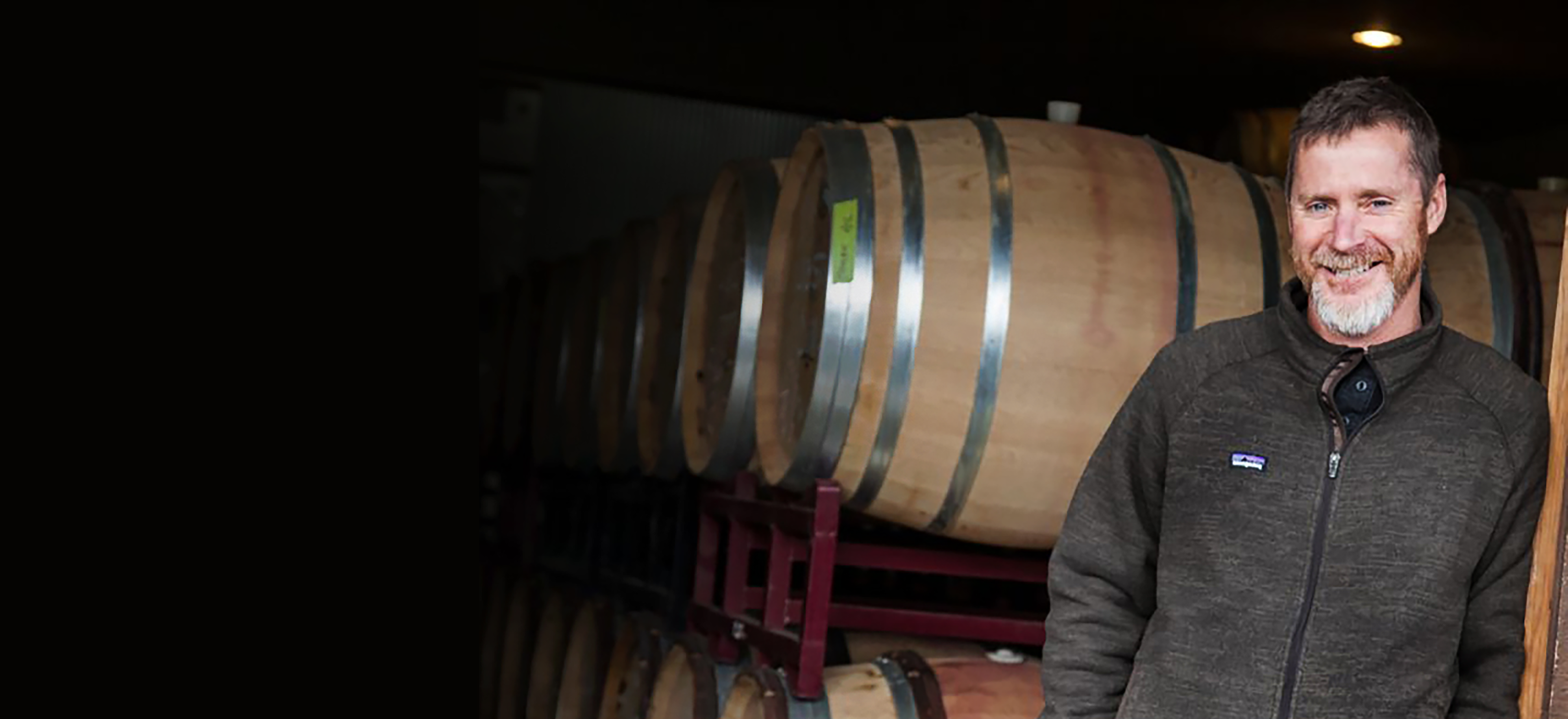 Region:
Region: -
Description:
Domaine Dumien-Serrette is the type of throw-back, traditional winery that you hope to stumble upon when you are searching for wines from the Northern Rhone (but rarely ever find). We met Gilbert Serrette in 2008. You can imagine our surprise when we walked into the cellar and saw an old basket-press. Our mood, and hopes, immediately rose. It was the same press that had been used by Nicolas’ grandfather and they were still using it to make their wines.
The wines are made by the Dumien-Serrette family in a tiny cellar that is under the town’s church. They make approximately 1000 cases total per year, not enough to live off of without the supplement of a full-time job. The wines are a throw-back to a style that is found less and less today. Nicolas Serrette, who took over from his father Gilbert in the early 2000’s is making investments in the winery and adding land slowly in hopes to afford working at the winery full-time before he retires.
Nicolas learned how to make wine the old-fashioned way, from his father, Gilbert Serrette and Gilbert learned from his father-in-law, Henri Dumien. The Dumien name can be found mentioned in Cornas as far back as 1515. The Dumien family bought three and a half hectares in 1925, thirteen years before it became an appellation. Most of this land, three hectares, is found in the Patou vineyard, which has primarily granitic soils; the remainder is located in Les Savaux. The vines in Patou date back to the 1920’s, with some exceeding 100 years old. After years of selling in bulk to negociants such as Delas, Chapoutier and Jaboulet, Domaine Dumien-Serrette began to bottle their own wine in 1983.
They own mostly old vines and farming is organic, but not certified. No herbicides or pesticides are used and there is not much of a threat of mildew in the north. The vines are trained into arched two-vine canopies to protect against wind and hail. The Patou vineyard is very steep and Gilbert, in his retirement, but still helping out Nicolas, insists on tending the vines using a special cart he invented which pulls him slowly up the rows while he works.
In the cellar, they generally de-stem half of the fruit. It’s fermented spontaneously in cement tanks. The basket press was finally retired a few years ago in exchange for a very nice gentle vertical press, but thankfully the profile of the wine has not changed. They do not punch down, opting to submerge the cap with a grate for a gentle extraction. After malo, which generally happens before Christmas, the wine is aged for two years in two to seven year old barrels. It’s then bottled without filtration or fining.
In recent years, Nicolas has bought a bit more land, the reason they needed a new press. Serrette now makes Saint Peray, and an IGP Collines Rhodaniennes Syrah that is just south of Cornas near the Rhone River. In 2023, he added one hectare in Cornas, but the vines don’t have fruit yet. And in 2022, they planted .25 hectare of Syrah in Saint Joseph, first vintage is anticipated in 2025.
The Dumien-Serrette wines are exceptional and in a class of their own. The entire Serrette family came to New York to celebrate Bowler’s 20th anniversary and Gilbert was so impressed to see their wines from their tiny village of Cornas in New York and sold throughout the United States. When he started with his father-in-law in the 1980’s, he never could have imagined this outcome. We are honored to be a part of their story.
Image: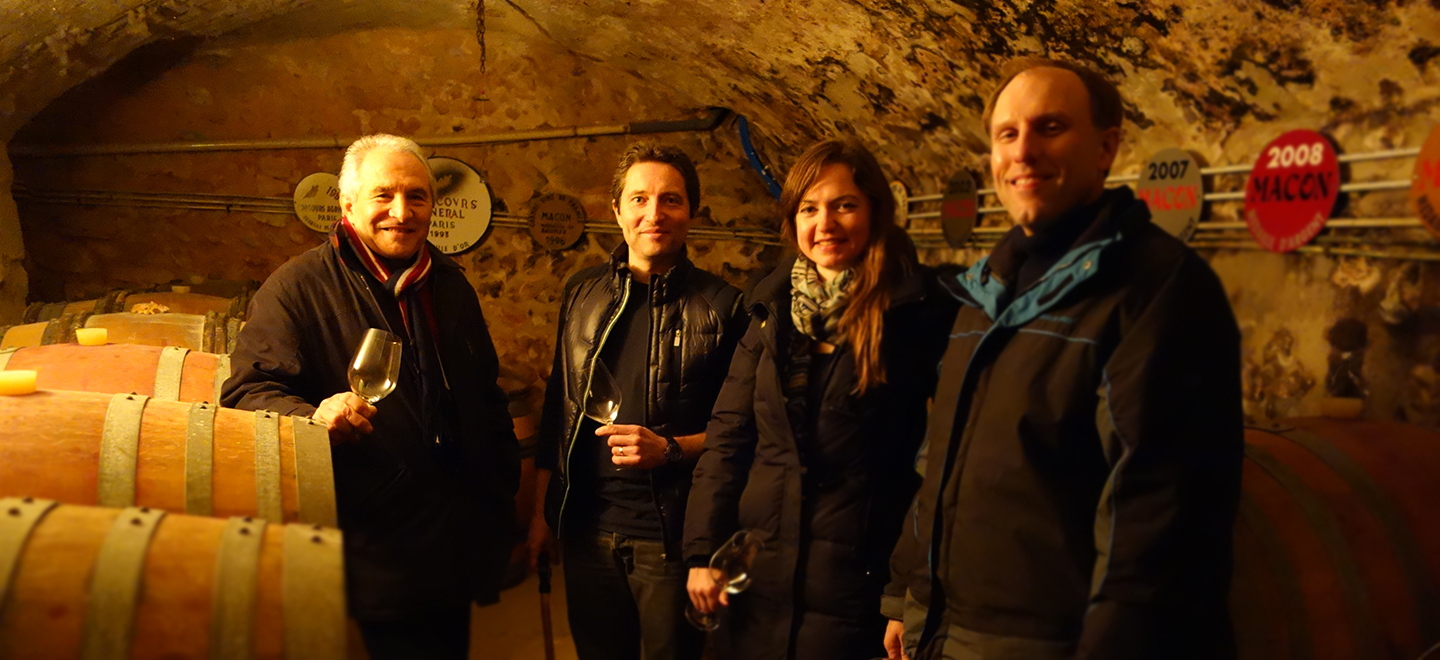 Region:
Region: -
Description:
Familia Durigutti wines are made by brothers Hector and Pablo Durigutti. Hector first became known for his work with Altos Las Hormigas. He was one of the founding partners and the winery’s first winemaker. For the past few years he has been bringing us wines made under his own label. The vineyards have been under organic practices for many years and will soon be certified as such. Only native yeasts are used and filtration is kept to a minimum.
This profile and tasting notes were edited from the Elixir Wine Group website, along with the pictures used. For more information please visit: Elixir
Image: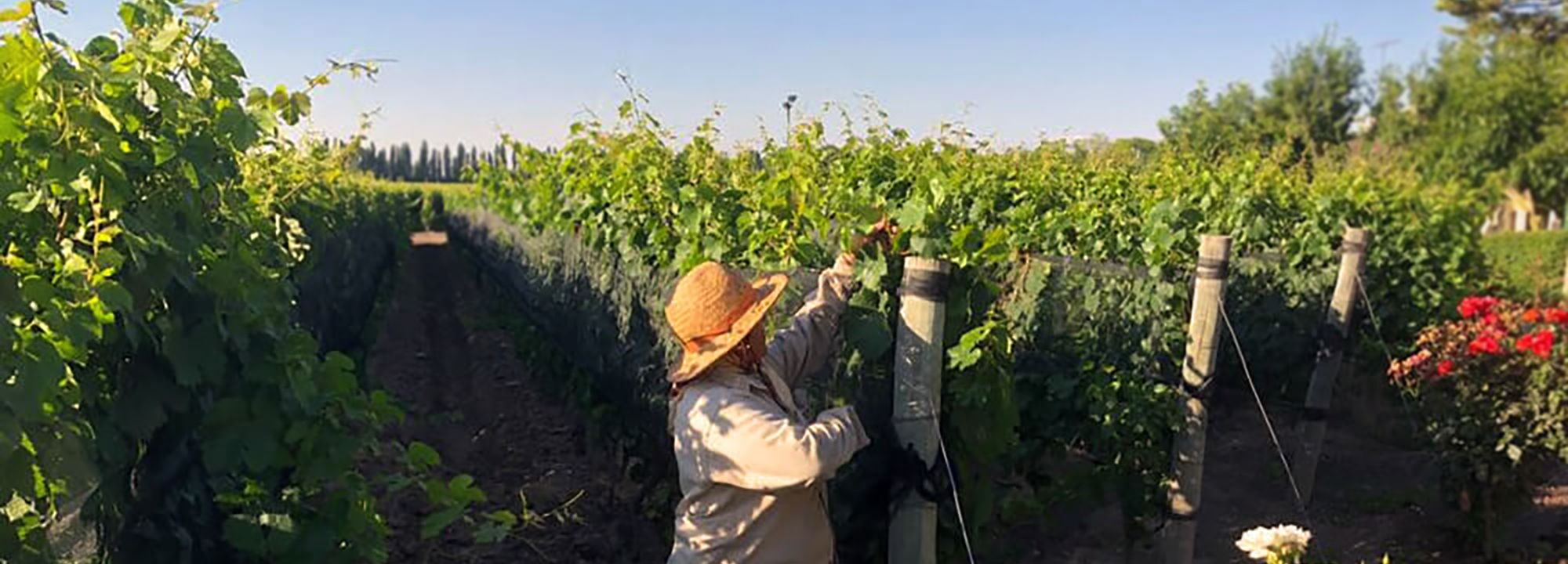 Region:
Region: -
Description:
Fabien Duveau is a young winemaker and represents the eighth generation of his family estate, that he became responsible for in 2008, after taking it over from his father. The winery is in Chacé, about three miles southeast of Saumur, on the left bank of the Loire. Chacé is one of the most renowned areas of the region for Saumur-Champigny because of the deep layer of tuffeau and the layers of clay and sandstone over it. Duveau’s cellar and vineyards neighbor the local star, Clos Rougeard.
The vineyards are composed of 20 hectares split among approximately 40 parcels, planted with Chenin Blanc and Cabernet Franc that Fabien converted to organic and biodynamic viticulture (certified by Demeter in 2023) when he came back to the family estate. Duveau and his team practice regenerative agriculture. They put hives in their vineyards, planted shrubs, have sheep for eco-pasturing, plant beans, and allow plants to grow near the vines, like wild strawberries. (fabienduveau-vigneron.fr) Having so many distinct parcels allows Fabien to vinify and age them by different terroirs and configuration of the soils and each wine is labeled by parcel.
Fabien ages his wines in a stunning cellar from the 14th century, where the constant chill and humidity create the perfect environment to store wines. He uses concrete tanks for the vinification working with spontaneous fermentations while the ageing is done in neutral oak to keep the purity of the fruit and the terroir. (Bruno Lafon Selections, brunolafonselection.com)
Duveau makes three wines from “Les Poyeux”: “Poyeux” Blanc and in red an “Haut Poyeux” and a “Bas Poyeux”. It’s a parcel quoted since 1802 as one of the most beautiful from the Saumur area. Composed of mainly shallow calcareous tuffeau stone, with a deeper soft chalk soil, it allows a moderate but fairly regular water supply, ideal for producing quality wine.
In red, Fabien also makes wine from “Le Bourg”, “Les Menais”, and “Les Gaignés”. In white, he makes wine from a site called “La Hunaudière” and “Bois du Chêne” in Brézé. Each wine is impressive in its own right, but “Le Bourg”, “Bois du Chêne” and the three “Poyeux” wines share the spotlight for the top of the line. Duveau has a special talent and takes his stewardship of the land seriously. He has quietly been improving year by year upon the land that he inherited and when you taste the wines, his vision comes through clearly with each sip. – Michele Peters, Bowler Wine
*Not sold by Bowler in NY
Image: Region:
Region: -
Description:
Although you would undoubtedly get a humble, soft spoken reply if you tried to tell him so, Steve Edmunds is one of the greatest winemakers in California and, frankly, the world. This is all the proof you need that the United States can produce incredible wines. Whether we’re talking about his classic Syrahs and Rhône blends or his more recent ventures into Gamay and atypical white blends, this is the real deal. And now, with almost three decades of practice, his wines are as remarkable as ever. He’ll never make a blockbuster fruit-bomb, and critics don’t always give him due attention, but Steve is still out there making the uncompromising wines he always has. The winery started in 1985 when Steve and his wife, Cornelia St. John, bought a few tons of grapes from some old vineyards and produced their first vintage.
The wines were Rhône inspired: Syrah, Mourvèdre, and a Châteauneuf-du-Pape style blend. Over the years Steve has worked with many other varietals but Rhône blends and Syrahs have always been the heart of Edmunds St. John. Little has changed in Steve’s winemaking since that first vintage, he starts with quality fruit from great sites and, preferably, older vines. In the cellar he keeps a light touch, using hand punch-downs and going easy on the oak. For the Rhône reds, Steve ferments them in one to six year old barrels and puncheons; for the whites and Gamay it’s all stainless steel.
The resulting wines, while delicious young, are incredibly age-worthy; they almost seem like they could last forever, growing only more complex and surprising. Even his Gamays and Whites can age for ten years or more with compelling results. They are fascinating to taste year after year; the evolution of just a few years reveal a whole new dimension to a wine you thought you had already figured out. It is remarkable to still be surprised by a winemaker after almost thirty years, but Steve never fails to challenge what we believe we already know. Surprises are an underappreciated quality in wine, and we’re fortunate to have someone out there who hasn’t forgotten that. On some bottles Steve claims to bottle by “Blind Luck and Intuition,” and it’s possible that it’s true. It has, however, been a very long streak of luck and a lot of very good intuition.
Image: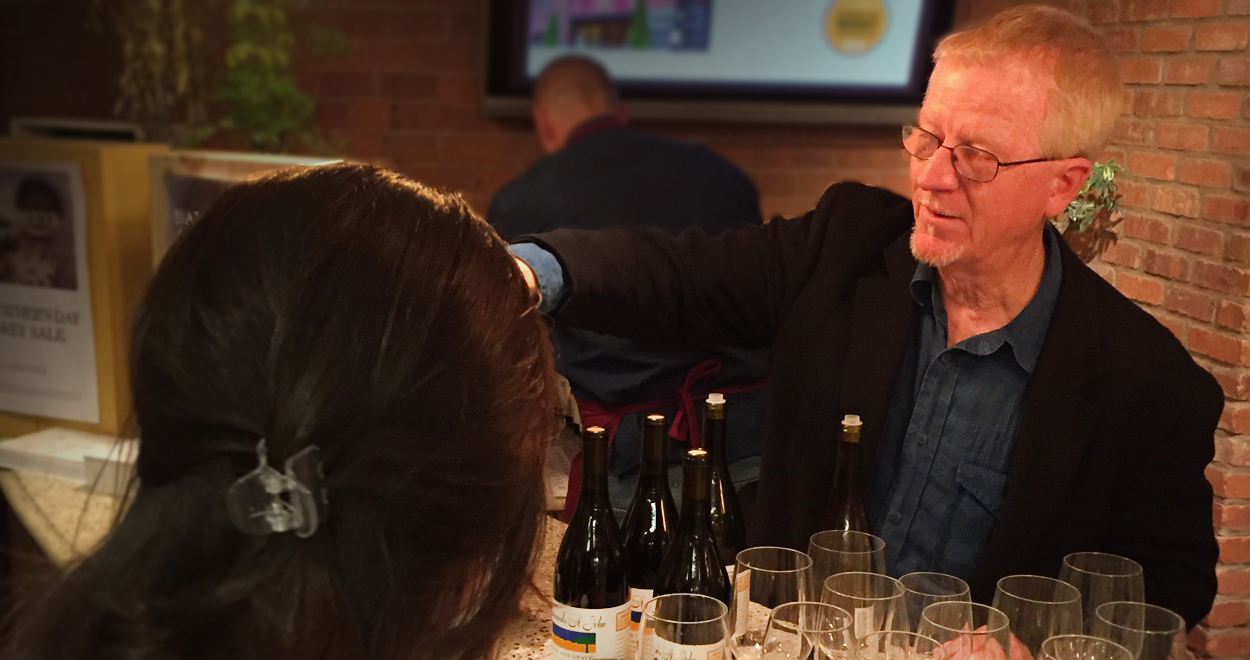 Region:
Region: -
Description:
Josef Ehmoser and his wife, Martina, are crafting world-class wines in the Wagram, a region known for its deep loess soils that can go to a depth of twenty meters before hitting marine sediment. Josef took over the 17 hectare winery from his father in 1996. The Ehmosers philosophy in regards to winegrowing is to respect nature in the vineyards and in the winery, to highlight the personality of each wine without forcing it on a prescribed path.
As of 2018, they became certified sustainable by the Lacon Institute, which was not a big shift for them in the vineyards. And in 2020, they begin the certification for organic agriculture, certified from the 2023 vintage. For years, they have not sprayed herbicides or pesticides. They have used minimum treatments as needed for mildew. They follow the weather and weather forecasts very closely and act accordingly. If it is hot and dry for many weeks, then treatments against mildew are not necessary. They do not spray against cochylis and eudemis moths, opting to use sexual confusion dispensers with pheromones instead. They do not drive through the vineyards often with the tractor to keep the ground and soil loose and to minimize compaction. They grow grass in the vineyards and keep it longer if it is raining a lot, to have competition for water and taking it from the vines. If it is too dry, they cut the grass short, giving enough water to the vines. They do not irrigate. At the winery, they have solar panels for heating and warm water. There is no need to heat or cool the tank rooms in the cellar as they are partially underground eight meters in the cool loess. At harvest, the grapes are harvested by hand, which is not required in the Wagram.
Loess in this area has a 30% limestone content and is great for Grüner Veltliner and Weissburgunder. Weissburgunder (Pinot Blanc) has a long history of being planted in the Wagram. The wines are mostly fermented and aged in stainless steel, with the exception of the Weissburgunder and Erste Lage (1er cru) Hohenberg, which are aged in large barrels, one 1500L and one 3000L. The wines are normally kept on the lees until they are bottled. The Ehmosers want to stick to tradition and only plant varieties that are native to the area. The Ehmoser wines are classic - clear, straight, and pure wines that distinctly express the famous loess soil of the Wagram.
Image: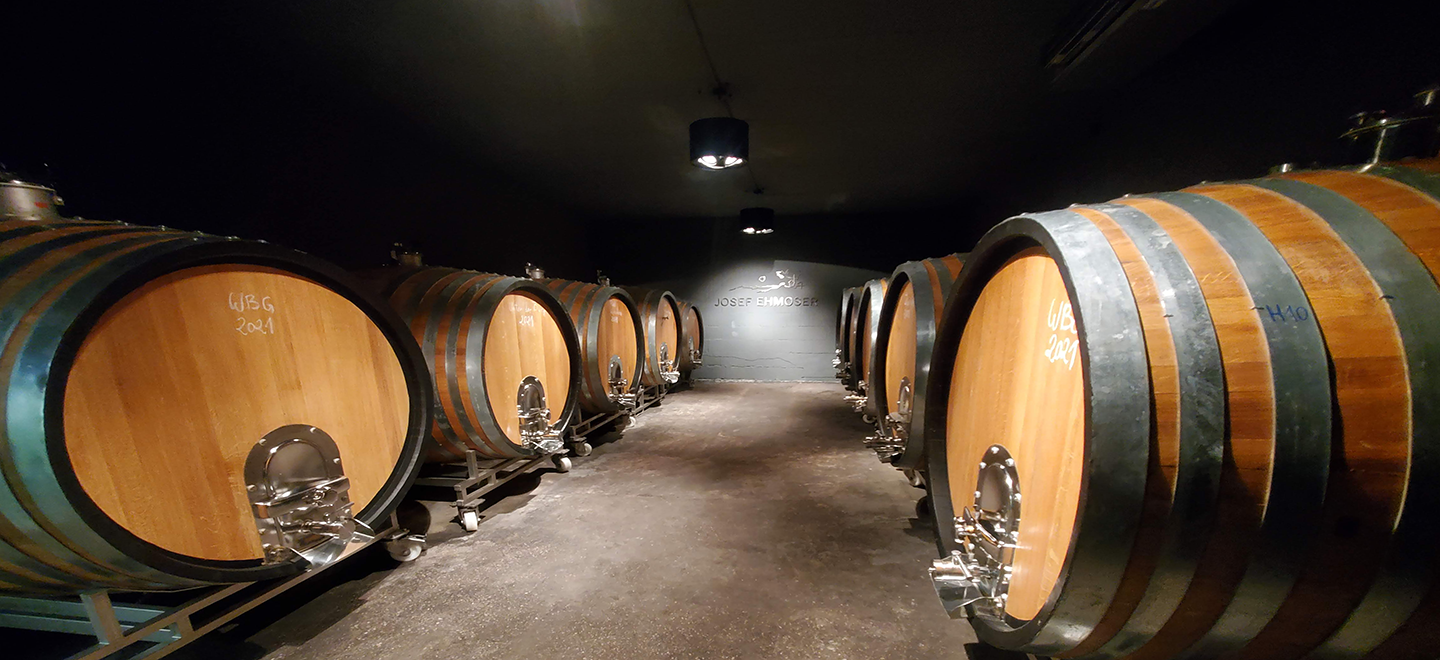 Region:
Region: -
Description:
Bodegas Cerrosol is a family owned winery located in the heart of the Rueda appellation in Santiuste de San Juan Bautista, around Segovia; this area is considered to be the best in the DO.
Their vineyards are their pride and joy. The high altitude (830m to 910m) means that the temperature swings from day to night are dramatic, which adds complexity to their wines; due to the sandy soils, the vines can grow safely phylloxera-free, which the family feels allows them to better express the terroir. To give you an idea of how rare this is, there is only one other area with pre-phylloxera vineyards in Castille and León, in Toro to the west.
Their philosohy is simple: they farm sustainably and use only the bare minumim of sulfur to produce wines of freshness and quality, year-in and year-out.
Image: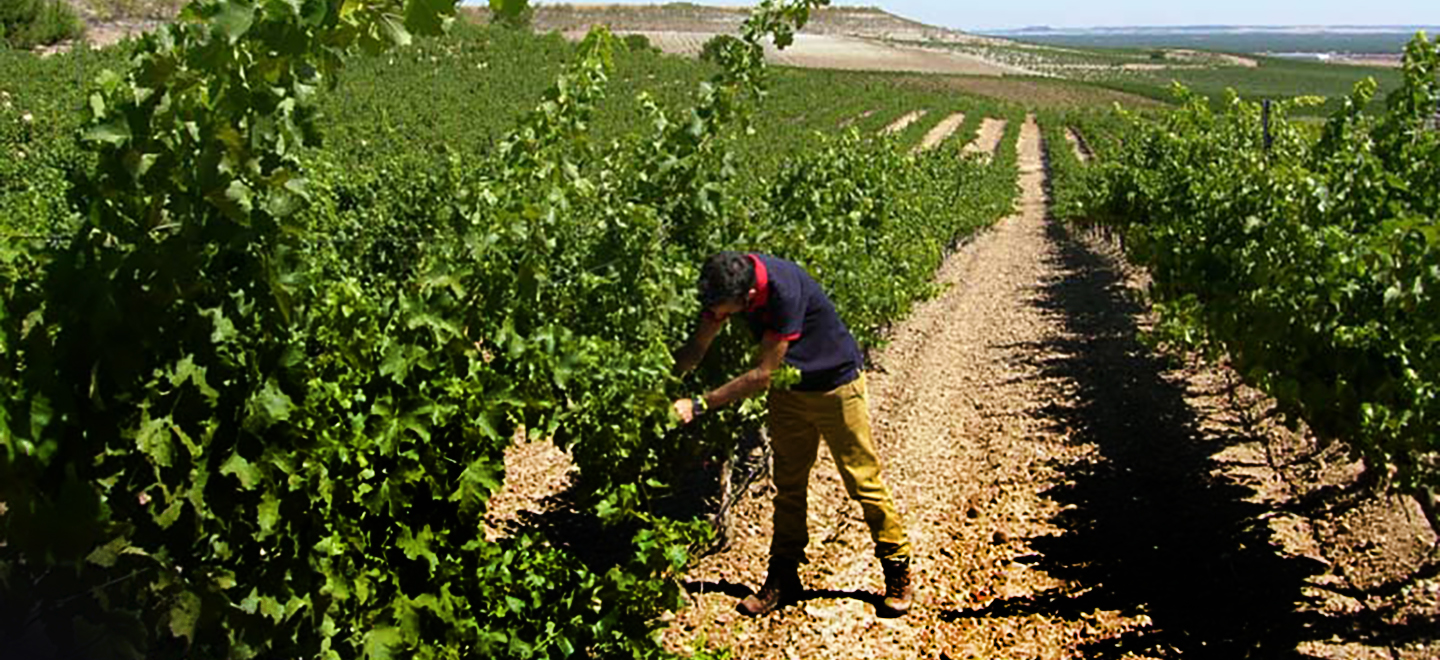 Region:
Region: